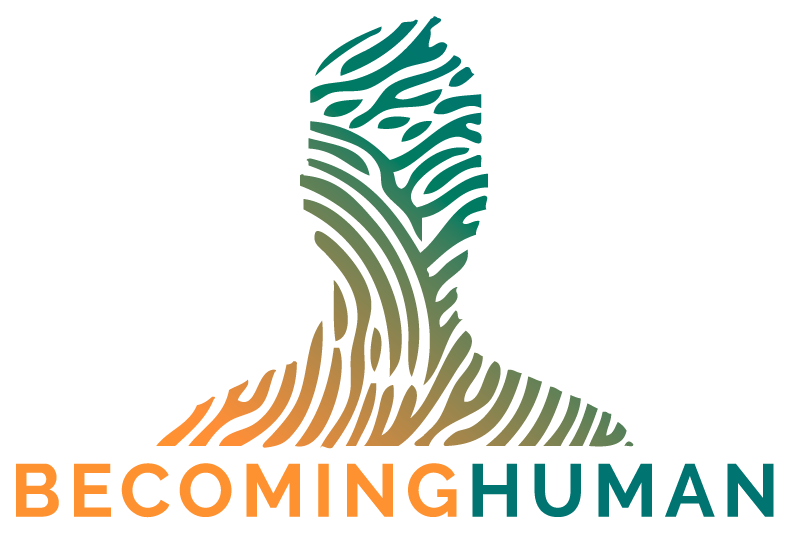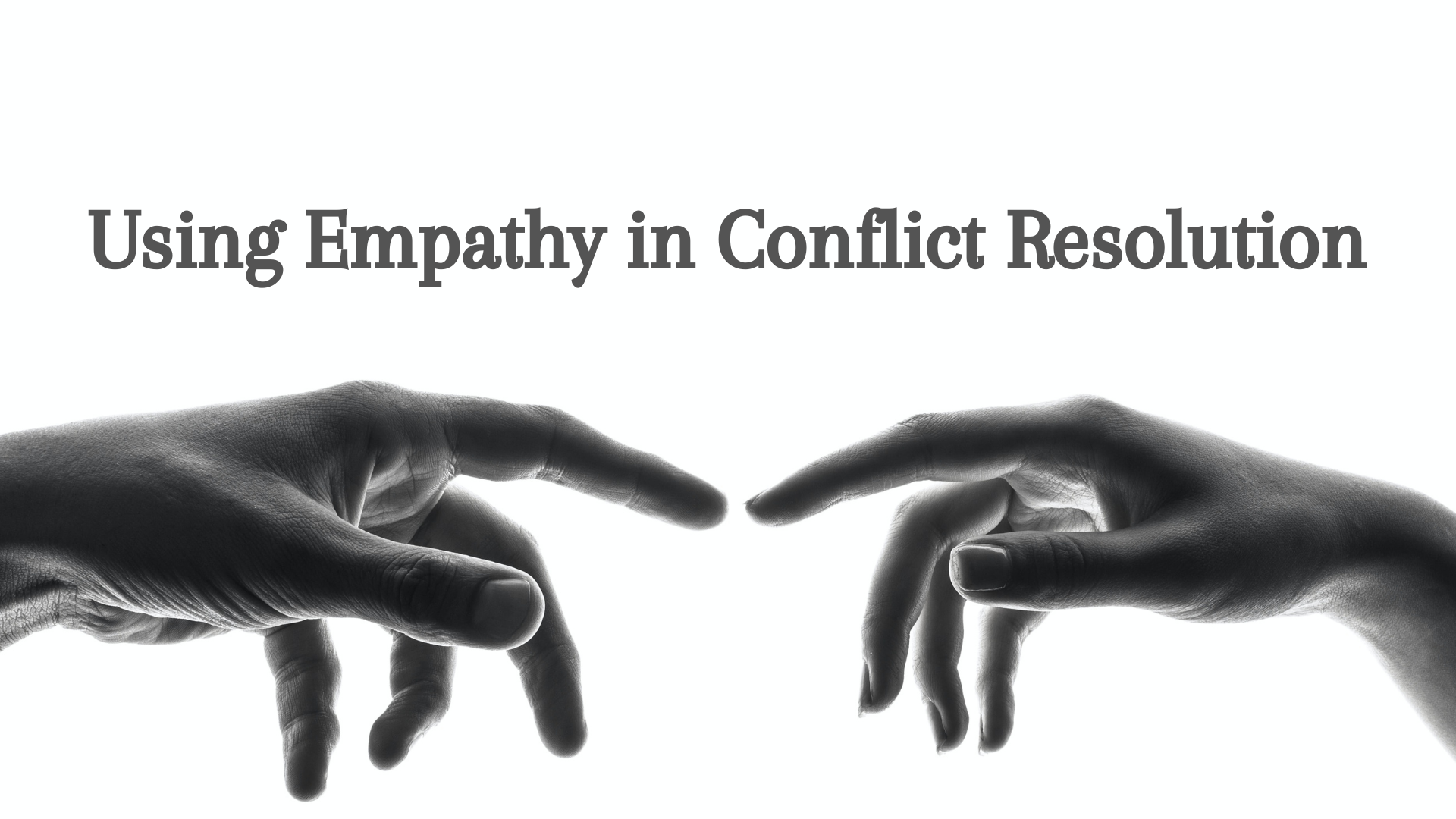The Practical Process of Change
/How we change & break orbital resistance.
Introduction
Dealing with change is like dealing with gravity — we are creatures of orbit. Or, better yet, we could say that change is like a graveyard; you don’t get much help from the inside.
So, how do we break from our default homeostasis and resistance so we can begin moving toward our hoped-for destination?
Well, once one has considered whether change is even possible, examined various processes of approaching change, set an intentional destination, and acknowledged the obstacles that hold us back, it makes the tactile process of change now possible.
There are two overall parts to this process broken up into several steps or stages. The role of having a teleological destination and considering obstacles of resistance are necessary pre-requisites.
Like a spaceship breaking orbit, it is now possible to unpack how to get through the gravitational pull of our lives and the world and manifest the changes we intend.
First, we’ll start with the shift.
Second, the more complicated part — the transition.
Part One — Shift
This first part of the process has already been hinted at in making the single decision; it is how we move from nonchalant drifting to an intentional destination. The first step, therefore, in moving in a new direction is knowing where you want to go and why you want to go there.
Left to our own devices, we will continue in as much familiarity as possible and allow the change of the world to dictate itself on us. Alas, whether we are talking about an addiction, an organizational change, or a societal transformation — the first step is not in the details.
In fact, the first step involves no external action.
Internally, we simply have to decide where we want to go; for this makes the rest of the process possible.
Taking a Cue from Sweden
Let us venture to the land of Sweden. It is September 3rd, 1967 and, until now, Sweden drove on the left side of the road.
This was a problem for the nation as their surrounding Nordic region drove on the right. A complex series of movements were required to switch sides when traveling between countries and foreign drivers in Sweden were left maneuvering a vehicle not designed for Sweden’s roads. As a result, the government of Sweden decided to make a change.
At first, they left the transportation overhaul to a public vote. What this did was it allowed a potentially new destination to be illuminated; it brought up the possibility of a shift by painting the picture of a change. If you are familiar with our natural bend toward resistance, you can probably assume how this went. Changing the entire fabric of the transportation system threatened disruption, loss, and a very long, difficult, complex process. Given the option, people resisted. The vote was shot down.
Thus, came option number two — Sweden would announce, in their governmental authority, that the transportation system was going to change anyway. Slight problem, they still had to overcome resistance.
The organizational theory being witnessed here is fascinating and the way Sweden pulled this off is worth considering. Yet, the component most notable to our conversation is that Sweden made the single decision — a quick pulling out of the rug — which set the standard and expectation for the journey.
Once named, the national identity now had an internal goal and direction that would set the trajectory for where they were headed. They know had their ideological GPS coordinates.
This is the shift. Rooted in the difficult, internal work of creating a teleological destination, a shift happens when that affirmed goal is now the coordinates to which you intend to travel. A trajectory is envisioned and it becomes the lens through which we see our lives and the world.
And this brings us to the main topic of how change actually works: The Trans-Theoretical Stages of Change.
In this theory, the idea of shift captures the first stage called “Pre-Contemplation.”
Pre-contemplation is where you name your trajectory and set your vision on where you want to go. You sense a problem or need for improvement — something that’s growth should be nurtured or that needs to be different or put down — and you allow it to surface. This is akin to waking up. It makes the enormous possibility real and, while you aren’t doing anything about it yet, you have contemplated its potentiality. A different future is now, at least, possible.
Once the results of pre-contemplation are visible, the next part of making a shift is the second stage: “Contemplation.”
You take the recognition which has surfaced and you begin to see the benefits of the new direction. In doing so, the destination begins taking on a cognitive form that will compel future decisions toward actuality.
Let’s explore an example of making a shift using pre-contemplation and contemplation. If every time I sit on my couch while my children are playing, I take out my phone and unconsciously open social media and mindlessly begin scrolling, a shift would start with the pre-contemplation component of considering, “I use my phone a lot.” This potential change will stay with such a meager recognition until it evolves to the realization of, “My phone usage might be a problem.”
This is why having an affirmed teleological goal is so important; because it catalyzes the move from pre-contemplation to contemplation so that you have a single, desirable decision that directs where you want to go. You can now determine that how things are is not how you want them to be. Thus, contemplation begins. You consider the drawbacks of such phone usage and potential neglect of your beloved children within the filter of that holistic, healthy vision. Then you begin to contemplate the benefits of making a change.
This is all part of the shift — the stages of pre-contemplation and contemplation.
This is also why change usually stops at this stage.
Part Two — Stagnancy in the Stages of Change
All of this single decision stuff — with the pre-contemplation and contemplation work — is internal. It has not yet required any actual changes outside of your mentality. This means you have not yet been forced to disrupt a script, lose a norm, or engage in a difficult and slow process. Doing anything about this internal framework will take our feet into that uncharted territory and, because it is easier to maintain what has become normal, our contemplated changes often statically reside as good ideas.
It is worth noting that getting to your current norm required change. There are years and years of picking up your phone and getting so used to the dopamine hits that you can’t imagine life without it. Subverting that deeply entrenched norm would be uncomfortable, it would cost you something, and it will be difficult because it breaks away from the homeostasis that has been consciously or subconsciously developed. You might agree that if your country is surrounded by countries that drive on the right side of the road — which is the kind of cars the automobile industry is primarily making, as well — that change would have its benefits. But the enormity of the task ceases progress once you attempt to enact the possibility.
Yet, if you don’t have pre-contemplation (recognizing the potential need or benefit for a change) and contemplation (deciding that you intend to manifest those needs or benefits), then the details, the action, and the logistical plans will not be rooted in anything that will maintain your movement over time. Resistance will win in the end.
You can start with a well-constructed plan, but if you do not have the teleological map to guide those details, you will aimlessly wander and drift away from what you hope for.
If you only have a vision and a destination on the map, but no crafted plan for how you are going to travel, you will be left with nice intentions.
Well-crafted vision statements are not enough.
Neither are well-crafted plans.
You need both.
You need to begin with the goal, the vision, and the reset of your identity. You need to acknowledge the obstacles and recognize what is informing where you want to go. You need to alter your internal environment and create the mental conditions that will substantiate a change once the going gets immensely tough.
But, once you have the destination and have made the internal shift, you need to begin altering your external environment.
When it comes to the internal shift and the external plan, you can’t do one so well that you don’t need the other.
Positive thinking is not enough. It will inform your ensuing habits and provide sturdy ground under your feet, but it will not take you anywhere.
For that, you need the transition, but only after you’ve made the shift.
Part Three — Transition
So, you’ve decided you are going to stop using your phone so much. How are you going to do it? You’ve got to transition to a new norm and, now that you have intentionally seen the destination and committed to it, you’ve got to actually make the change.
You need to externally condition the internal decision.
This is where the obstacles are most prevalent. As stated, most change stops after contemplation. Once we attempt to act, resistance kicks in. Knowing those cards are part of the game will help you work with them.
Particularly, we need to bring up your myelin sheath — a neurological coating that has built up every time you made a decision. Every moment up until now you have been rewiring your homeostasis on a neurological level. If you think you’re just going to show up and the changes will poof into reality, you are quite the ideological optimist. By that, I mean you are irrationally absurd. It took thousands of decisions to get where you are and you’ve also got the mitigating factors of disruptions, loss, and slowness. You need to be honest about what you are up against.
This is why the third step of Trans-Theoretical Stages of Change is to make a plan. This is the first step of action and it solely revolves around paying attention to the difficulty and working with the obstacles before you.
The groundwork of such a plan is not left to abstract imagination. There are three factors to help setup infrastructure that create the external conditions you need. First, you need to take yourself out of the equation as much as possible. You need to trick yourself. I know this sounds like a bit of a dissociative mental disorder, but the point is to be honest that you will often default to what got you to where you are. Yes, you are strong and courageous and full of potential, but you are also a creature of habit that has done a lot of work to entrench a particular reality. The more you can avoid relying on your default state, the better your chances of successful change.
Second is that your plan needs to be tangible and measurable. Inspirational quotes and good vibes are wonderful, but they won’t sustain change. They may distract you long enough to get a good moment in, but as soon as your tactile self-figures out what is up, the defenses will be mobilized and your change will be defeated by a willpower of maintenance that is stronger than your dreamy inspiration.
Third, your plan needs to make the change easier than your current state by creating conditions that you wouldn’t normally drift toward. I can only give an example here. The whole phone thing was a real situation for me. I could intend to not use my phone as much as possible, but do you know what I had to do? Get rid of my smartphone and buy a flip phone for two years. Not having a smartphone created conditions where my embedded norm was no longer possible. Spending time with my children was easier than me going and buying a new phone.
With those ground rules at hand, there are six practical components to pulling this planning stage off:
Triggers — design your context to prompt the change as natural. You need outside factors that will impede your previous norms and enhance your contemplated changes. Alarms, getting rid of stuff, and putting the desired actions right in front of your face are good triggers.
Rewards — sounds weak, but let’s be honest, we suck at change. There is no shame in rewarding yourself. What this is really called is conditioning (think Pavlov’s dog). A reward makes the change desirable through positive benefits. Give yourself a sensation or incentive to encourage the positive and negate the negative. This could be as simple and noble as the good feeling you get after you workout or it could be as explicit as a disassociated reward like getting to go to your favorite restaurant after meeting a small goal. It should not be a replacement for the thing you are trying to change (e.g., getting a bowl full of ice cream when your plan is to not eat as many calories).
Motivation and Anticipation — you have to have some third-person perspective on what the change will bring. This is nurtured by the contemplation stage. The anticipation of having better family interactions can act as motivation for less phone usage. There was a viral video recently with a grandfather working out and it was all so that he could lift his granddaughter. That’s a great example. The teleological goal is important here. Your perceived benefit of being the person you hope to be is a powerful motivator.
Social Cohesion — we are social creatures who highly value our social currency. Is it noble to make a change because it will gain you approval from people around you? No. Is it effective? Absolutely. Specifically, making your goals and plans public and bringing someone you trust and love into your journey is one of the most effective ways to maintain change over time.
Small Steps — otherwise known as tiny habits, “small steps” is about creating a plan that is easily within reach of your current ability. This is in contrast to your large, teleological goal. You have that far off destination that you use to define your process, but you have to realistically start small. I’ve seen examples of people who start with going to a gym for five minutes once a week. They accomplish nothing, right? Except they have gained momentum. Eventually, elongating that goal to one hour, five times a week will be easier. If you try to start big, you’re likely to fail; and if you fail, giving up is right around the corner. The common example is that if you are wanting to get into a habit of flossing, start with one tooth a day. For a while, you won’t make much of a difference, but you are building the habit to where regular flossing will be much more likely.
Invest — I know, this sounds so trite, but our culture values monetary resources more than anything; so, put some money on the line. I’m not saying to gamble, but, for example, paying for a health coach forces you to have monetary value invested that, if you fail to continue, you will lose something. Do you need a health coach? Maybe not. But now you’ve got something else riding on the line than just good intentions. Financial investment is a powerful motivator and it helps justify the change through fear of financial loss. You can also invest your time, energy, or other resources.
That, my friends, is the bulk of the work.
The next two stages are simply enacting your plan over time.
The fourth stage is “Action.” Now that your single decision has a foundation to build on because you’ve created the conditions and eliminated other options, you simply have to follow the plan in real time. This is both harder and easier than it sounds. It is easier because you should be, at this point, just responding to stimuli. It is harder because, well, you actually have to do it.
The fifth stage is “Maintenance” and is the process of consistently analyzing your plan and your goals to make sure they reflect progress. This is where it is okay to change some components or remove things that aren’t effective or increase your goals and habits.
But that isn’t all there is to maintenance. The problem is that the further we get from our initial decision to act, the more likely we are to lose focus. Relapse will happen. Maintenance is about keeping your infrastructure in place so as to ensure if remains effective for your vision.
That, then, is how we change.
A large vision that enacts itself step by step by step.
And here’s the deal, change is not something you can pursue — because you will continuously get in your own way. Change is something that ensues when you do this work and follow the process of shift and transition.
Like planting a garden, you begin by deciding it is something you want to do, but then you have to actually bury the seeds, set up the environment, and do the work every single day.
If you do, you will be like Sweden. Because on September 3rd, 1967, in the early hours of the morning, traffic stopped, switched to the other side of the road, and the transportation overhaul was complete.
Years and months of planning, of envisioning what needed to happen, and of doing the practical work of making new signs, changing the public transit benches, and getting every detail ready — Sweden made the change.
They now drive on the right side of the road.
You can, too.
With a shift and then a transition.











![Three Reasons We're Lonely - [And Three Responses For Being Less So]](https://images.squarespace-cdn.com/content/v1/5963d280893fc02db1b9a659/1651234022075-7WEKZ2LGDVCR7IM74KE2/Loneliness+3+update+%283%29.png)





























